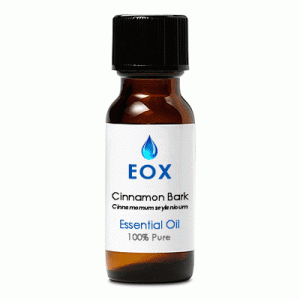|
Characteristics:
A pale to dark yellow liquid with a sweet, warm spicy, dry, tenacious odor. It blends well with
frankincense, ylang-ylang, orange, mandarin, benzoin, balsam Peru, and in oriental-type mixtures.
Principal Constituents: These are naturally occuring in the essential oil.
- cinnamaldehyde
- eugenol
- benzaldehyde
- cuminaldehyde
- pinene
- cineol
- phellandrene
- furfurol
- cymene
- linalol
General Actions:   Open Symbols Key
Open Symbols Key
Anthelmintic, anitdiarrheal, antidote to poison, antispasmodic, antiputrescent,
aphrodisiac, carminative, digestive, emmenagogue, hemostatic, orexygenic, parasiticide, refrigerant,
spasmolytic, stimulant (circulatory, cardiac, respiratory), stomachic, vermifuge.
Safety:
 
The bark oil is a dermal toxin, irritant and sensitizer; also irritant to mucous membranes. Use in extreme
dilution.
Primary Therapy Agent:
Inhalation or diffusion only unless diluted for topical use.
Secondary Therapy Agent:
No specific data at this time.
Important Note: The information on Florapathics.com is
only provided for educational purposes, and further research should be done on each essential oil to be assured
of its proper usage for each individual. Aromatherapy is not meant to be a replacement for care under a qualified
health professional, but should be considered a complimentary modality.
|









